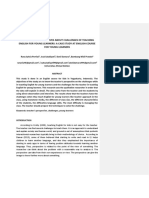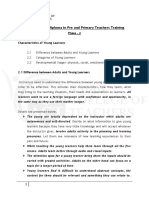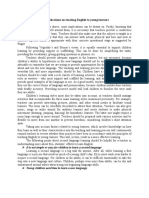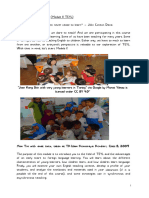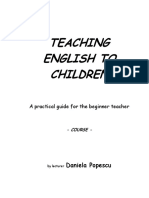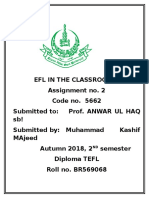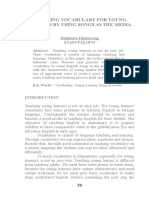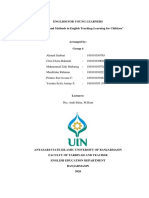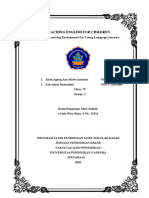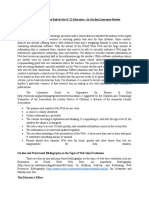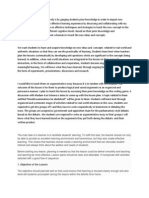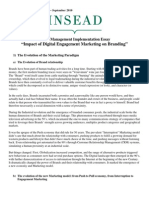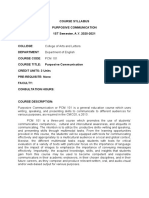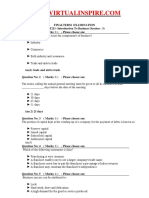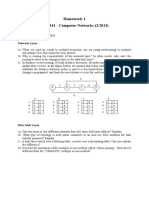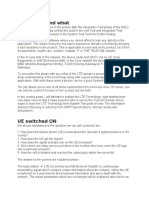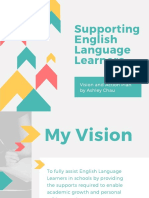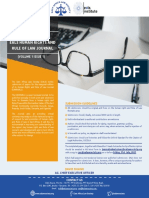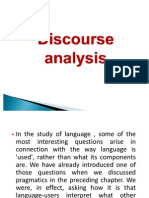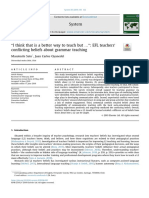0% found this document useful (0 votes)
43 views9 pagesMicrosoft Word - 3
This document discusses teaching, learning, and teaching English to young learners. It provides definitions of teaching from Brown as showing someone how to learn and definitions of learning from Brown as the acquisition of information or skills through practice. It notes that good teachers control their class and have good relationships with students. Learning requires motivation and facilities from learners. Young learners are between ages 6-12 and learn English best due to brain adaptability and lack of negative attitudes. Teachers must use good techniques, understand student characteristics like reliance on spoken word and views of the world, and make lessons fun and fact-based.
Uploaded by
Lusi Sintia FebriCopyright
© © All Rights Reserved
We take content rights seriously. If you suspect this is your content, claim it here.
Available Formats
Download as PDF, TXT or read online on Scribd
0% found this document useful (0 votes)
43 views9 pagesMicrosoft Word - 3
This document discusses teaching, learning, and teaching English to young learners. It provides definitions of teaching from Brown as showing someone how to learn and definitions of learning from Brown as the acquisition of information or skills through practice. It notes that good teachers control their class and have good relationships with students. Learning requires motivation and facilities from learners. Young learners are between ages 6-12 and learn English best due to brain adaptability and lack of negative attitudes. Teachers must use good techniques, understand student characteristics like reliance on spoken word and views of the world, and make lessons fun and fact-based.
Uploaded by
Lusi Sintia FebriCopyright
© © All Rights Reserved
We take content rights seriously. If you suspect this is your content, claim it here.
Available Formats
Download as PDF, TXT or read online on Scribd
/ 9








